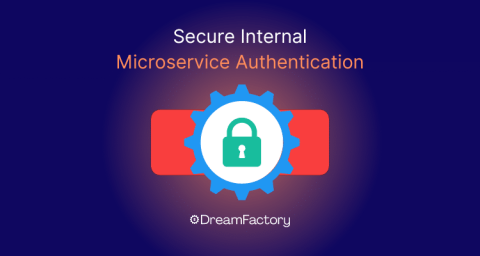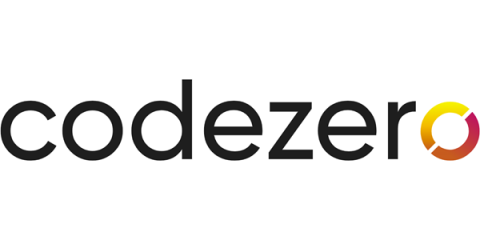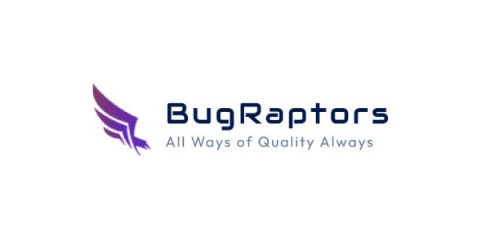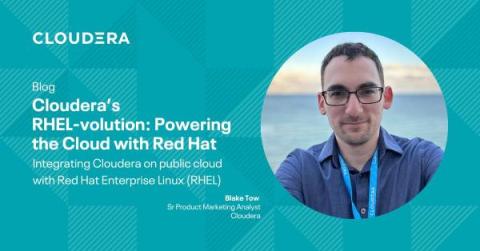Making the Leap from Azure to Codemagic
This article was origninally published here. In this article, we’re spilling the beans on why we switched from Azure to Codemagic and showing you exactly how to supercharge your CI/CD game. We’re covering the entire spectrum — from compiling and creating release notes to testing and deployment. Let’s rewind a bit to our iOS developers’ struggles. Our CI process (think builds, tests, and coverage) was taking a chunky 40–50 minutes.











